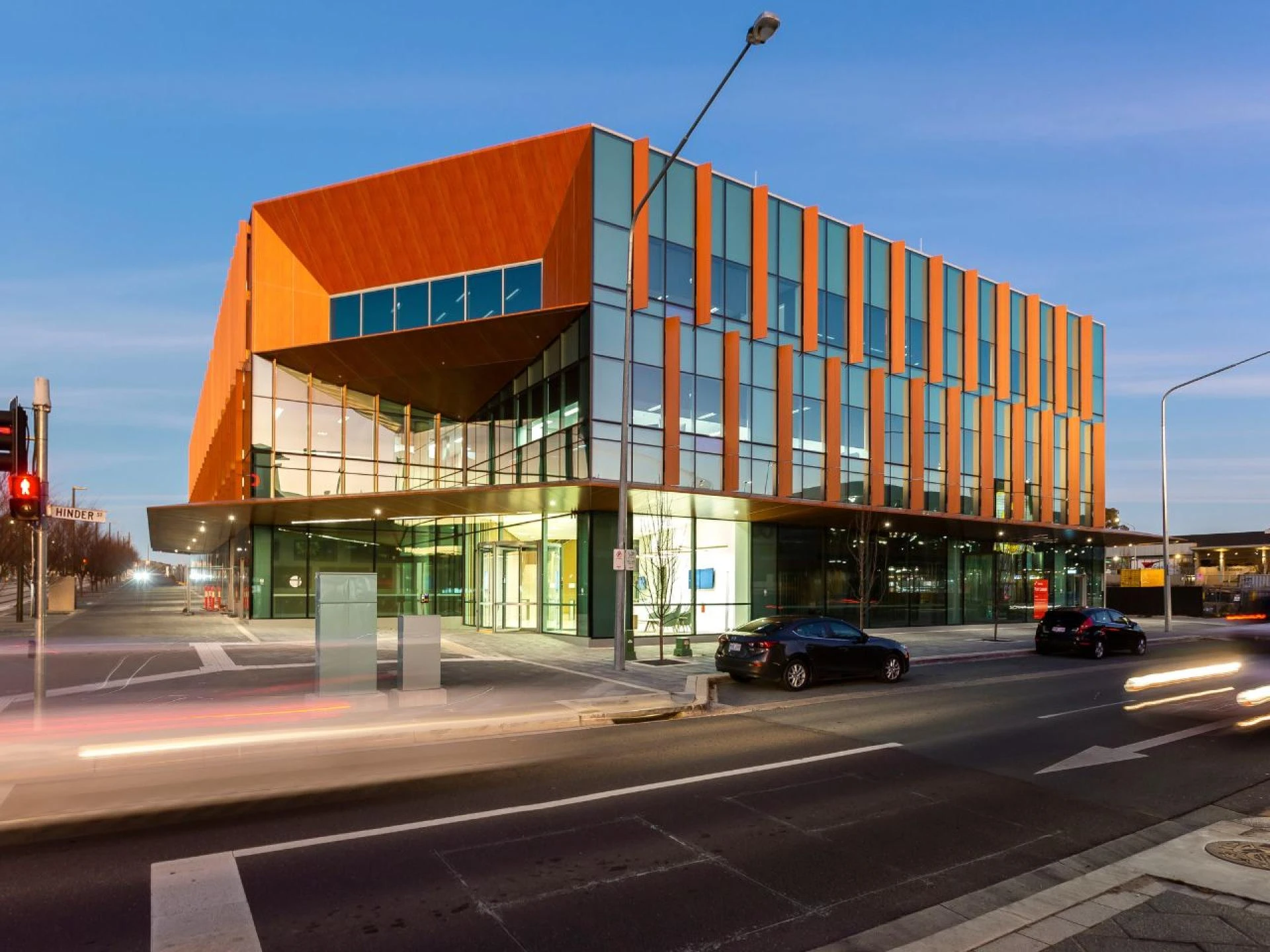Baffle ceilings are an innovative and aesthetic architectural solution that add not only visual interest to a space but also enhance its acoustic properties.
Here are key aspects to consider:
Acoustic Performance
Sound Absorption: One of the primary benefits of baffle ceilings is their ability to improve the acoustics of a room by absorbing sound. This is particularly important in large, open spaces or areas with hard surfaces that tend to echo. Consider the material of the baffles and their placement to maximise sound absorption.Noise Reduction Coefficient (NRC): Look for materials with a high NRC rating to ensure effective sound absorption. The NRC rating indicates how much sound a material can absorb; the higher the number, the better the material is at soaking up sound.Aesthetic Appeal
Design and Style: Baffle ceilings come in various shapes, sizes, and materials, offering a wide range of design possibilities. Consider how the design complements the overall aesthetic of the space, including colour, form, and material.Integration with Lighting: Baffle ceilings can be designed to incorporate lighting fixtures seamlessly. Plan how lighting will interact with the baffles, considering both functionality and ambiance. Indirect lighting can highlight the texture and depth of the ceiling, while direct lighting can be used for task areas.Material Selection
Durability: Choose materials that are durable and suitable for the environment they will be installed in. For example, areas with high humidity levels may require materials that are resistant to moisture.Weight: The weight of the baffle material can impact the installation process and structural requirements. Ensure that the ceiling structure can support the weight of the baffles.Maintenance: Consider the ease of maintenance and cleaning of the baffle materials. Some materials may require more frequent cleaning or special maintenance procedures.Installation Considerations
Ceiling Height: Baffle ceilings can reduce the perceived height of a room, so it's important to consider the existing ceiling height and how the baffles will impact the space. High ceilings are ideal for baffle installations as they leave ample room for the baffles without making the space feel cramped.Accessibility: Ensure that the design allows for easy access to the space above the baffles for maintenance of lighting, HVAC systems, and other utilities that may be concealed by the ceiling.Customisation: Depending on the baffle ceiling project, custom solutions may be necessary to meet specific design or performance requirements. Work with manufacturers who can provide customised options if off-the-shelf solutions do not meet your needs.Incorporating baffle designs into a project requires careful consideration of several factors to ensure the end result is both functional and visually appealing.



